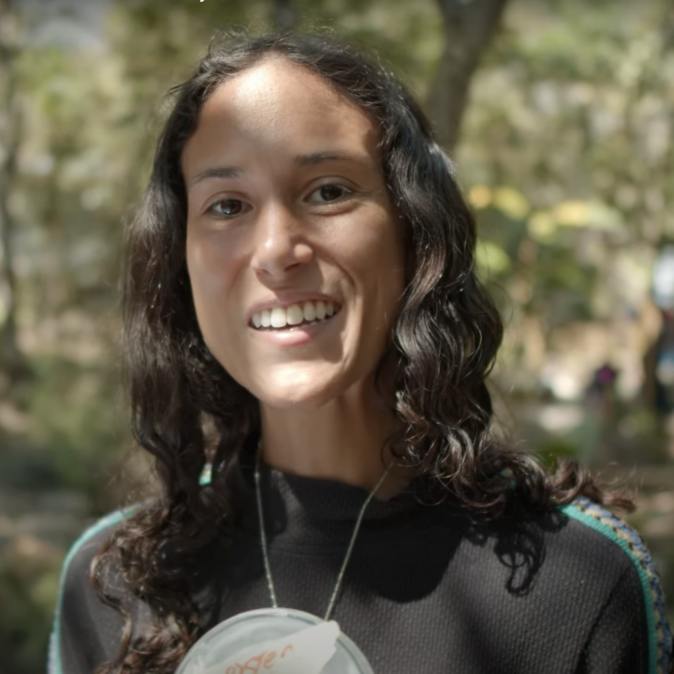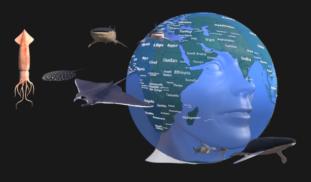Please wait...
About This Project
Combining art, ecology, genetics, and storytelling to protect and preserve biodiversity using environmental DNA (eDNA) from aquatic life in the Great Lakes.
eDNA captures genetic material in the environment, such as water, shed by organisms through skin cells, feces, or mucus.
By extracting and analyzing this eDNA, we can gain insights into the temporal dimension of a particular ecosystem. Detecting rare, endangered, or difficult to survey species.



